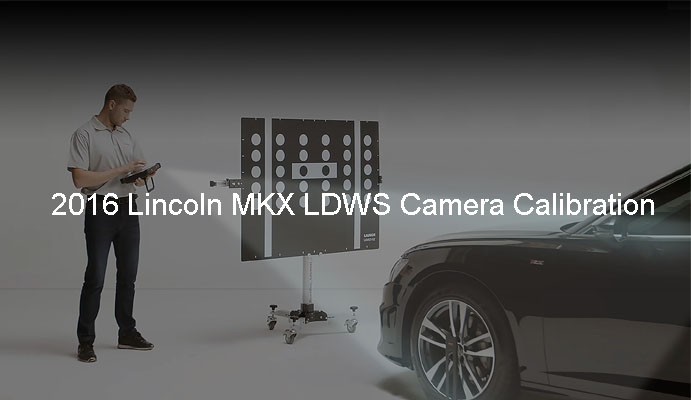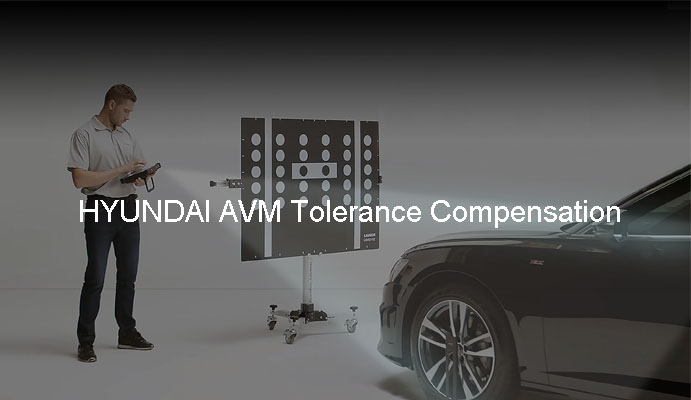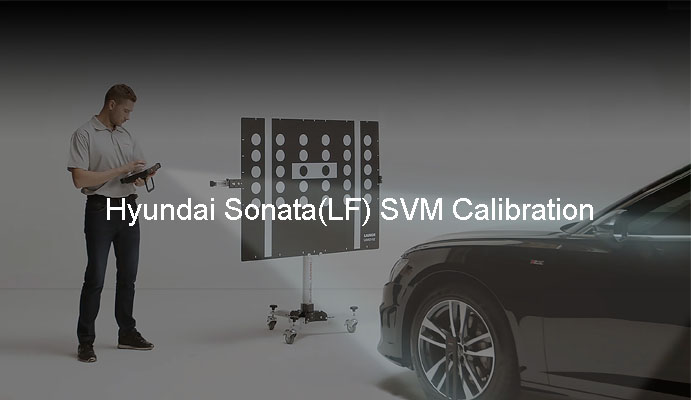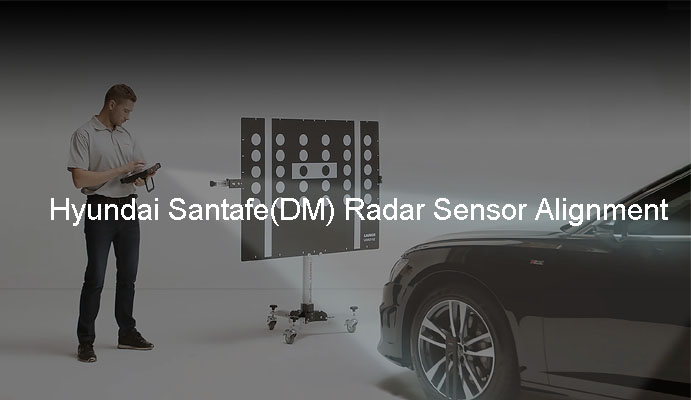In automobile maintenance, maintenance technicians often use various equipment to diagnose and calibrate the automobile. These tools can be collectively referred to as automobile calibration tools. Automotive calibration tools refer to devices or software used in the automotive industry to calibrate and fine-tune various systems and components in vehicles.
Automotive calibration tools play a vital role in the automotive industry. Automotive technicians, engineers and manufacturers use these tools to calibrate, diagnose and optimize vehicle performance. Here are the benefits of using an automotive calibration tool:
Accuracy and precision: Automotive calibration tools precisely measure and adjust key vehicle parameters to ensure components and systems perform within specified tolerances. This accuracy is critical for optimal performance, efficiency and reliability.
Diagnostics and troubleshooting: Calibration tools help diagnose and troubleshoot vehicle problems.
Emissions compliance: Calibration tools are critical to ensuring compliance with emissions regulations. They accurately measure and adjust engine parameters such as fuel injection timing, air-fuel ratio and exhaust gas recirculation (EGR) system. Proper calibration helps vehicles meet emissions standards and reduces environmental impact.
Performance optimization: Car calibration tools help optimize vehicle performance. They allow fine-tuning of various parameters such as engine power delivery, torque delivery, transmission shift points and throttle response. This optimization improves vehicle performance, drivability and fuel efficiency.
Software updates and reprogramming: Modern vehicles rely heavily on software systems and electronic control units (ECUs). Calibration tools enable updating and reprogramming of these ECUs to install software updates, resolve software glitches or enhance functionality. This ensures that the vehicle benefits from the latest advancements and improvements.
Safety and reliability: Calibration tools help improve vehicle safety and reliability. By calibrating systems such as anti-lock braking systems (ABS), stability control, adaptive cruise control and collision warning systems, technicians can ensure that these systems are functioning properly, minimizing the risk of accidents and improving the overall reliability of the vehicle.
Time and cost efficiency: Automotive calibration tools help reduce diagnostic and repair time. They provide quick access to critical information, enabling technicians to pinpoint problems precisely, resulting in faster repairs. This efficiency helps minimize vehicle downtime and associated costs.
Meets manufacturer specifications: Manufacturers provide calibration specifications for their vehicles, which include recommended settings and parameters. Calibration tools enable technicians to adhere to these specifications, ensuring vehicles are operating at peak performance and maintaining warranty compliance.
To sum up, automotive calibration tools are indispensable for the automotive industry. They enable accurate diagnosis, calibration, optimization and maintenance of vehicle components and systems, ensuring performance, reliability, compliance and customer satisfaction.
There are many types of automotive calibration tools, and these functions ensure that automotive systems perform optimally and meet specified performance standards. Here are some common types of automotive calibration tools:
ADAS calibration tool: used to calibrate the ADAS system. Ensure that the ADAS system can normally assist the driver during driving.
Diagnostic scan tools: These tools are used to interface with the vehicle's On-Board Diagnostics (OBD) system to read and clear Diagnostic Trouble Codes (DTCs), monitor sensor data, and perform various tests and calibrations. They provide valuable information about vehicle systems and help identify and resolve problems.
ECU programming tools: Electronic Control Unit (ECU) programming tools allow technicians to reprogram or update software and parameters in a vehicle's ECU. They are used to optimize engine performance, adjust fuel maps, modify transmission settings, and enable other features or functions.
Alignment tool: The alignment tool is used to calibrate and adjust the alignment of the wheels and suspension components. They ensure that a vehicle's wheels are properly aligned, which improves handling, tire wear and overall vehicle performance.
These are just a few common types of automotive calibration tools. The specific tool used may vary depending on the type of calibration required and the specific vehicle system being calibrated.
With ever-evolving automotive systems and changing industry needs. The functions of automotive calibration tools are becoming more and more integrated and easy to operate. In the future, the development trend of automotive calibration tools may be manifested in the following aspects:
Increased complexity and integration: As vehicles become more advanced with complex systems such as ADAS, electrification and connectivity, calibration tools need to keep up with the increasing complexity.
Software-Based Calibration: With the rise of electronic control units (ECUs) and software-defined vehicles, calibration tools are increasingly focusing on software-based calibration. This involves fine-tuning parameters, optimizing algorithms and updating software without physical modifications. Software tools that provide an intuitive interface and automate the calibration process are being developed to increase efficiency and accuracy.
Connectivity and cloud-based solutions: Calibration tools leverage connectivity to enable remote access, real-time data sharing, and cloud-based calibration. This allows calibration experts to remotely assist technicians, access calibration databases, and update fleet software and parameters. The cloud-based solution simplifies the calibration process, improves collaboration, and ensures consistent calibration across locations.
Advanced Sensor Calibration: With the proliferation of sensors in modern vehicles, calibration tools continue to evolve to meet specific sensor calibration needs. This includes tools designed for camera calibration, radar calibration, lidar calibration, and other sensor types. Accuracy, ease of use and compatibility with different sensor technologies were key areas of development.
Automated Calibration and Artificial Intelligence (AI): Automation and AI technologies are being incorporated into calibration tools to improve efficiency and accuracy. Automated calibration procedures, machine learning algorithms, and data analysis capabilities are being developed to reduce manual work, optimize the calibration process, and increase calibration accuracy.
Standardization and Compatibility: Automakers and industry groups are working to standardize calibration procedures and tools to ensure interoperability and compatibility between different vehicle models and brands. This increases efficiency, reduces costs, and allows technicians to use standardized tools to perform calibration tasks.
Overall, trends in automotive calibration tools revolve around addressing the increasing complexity of vehicle systems, increasing efficiency through automation and connectivity, and ensuring compatibility and compliance with industry standards. These trends are designed to support automakers, technicians and calibration experts in delivering high-performance, safe and reliable vehicles.



